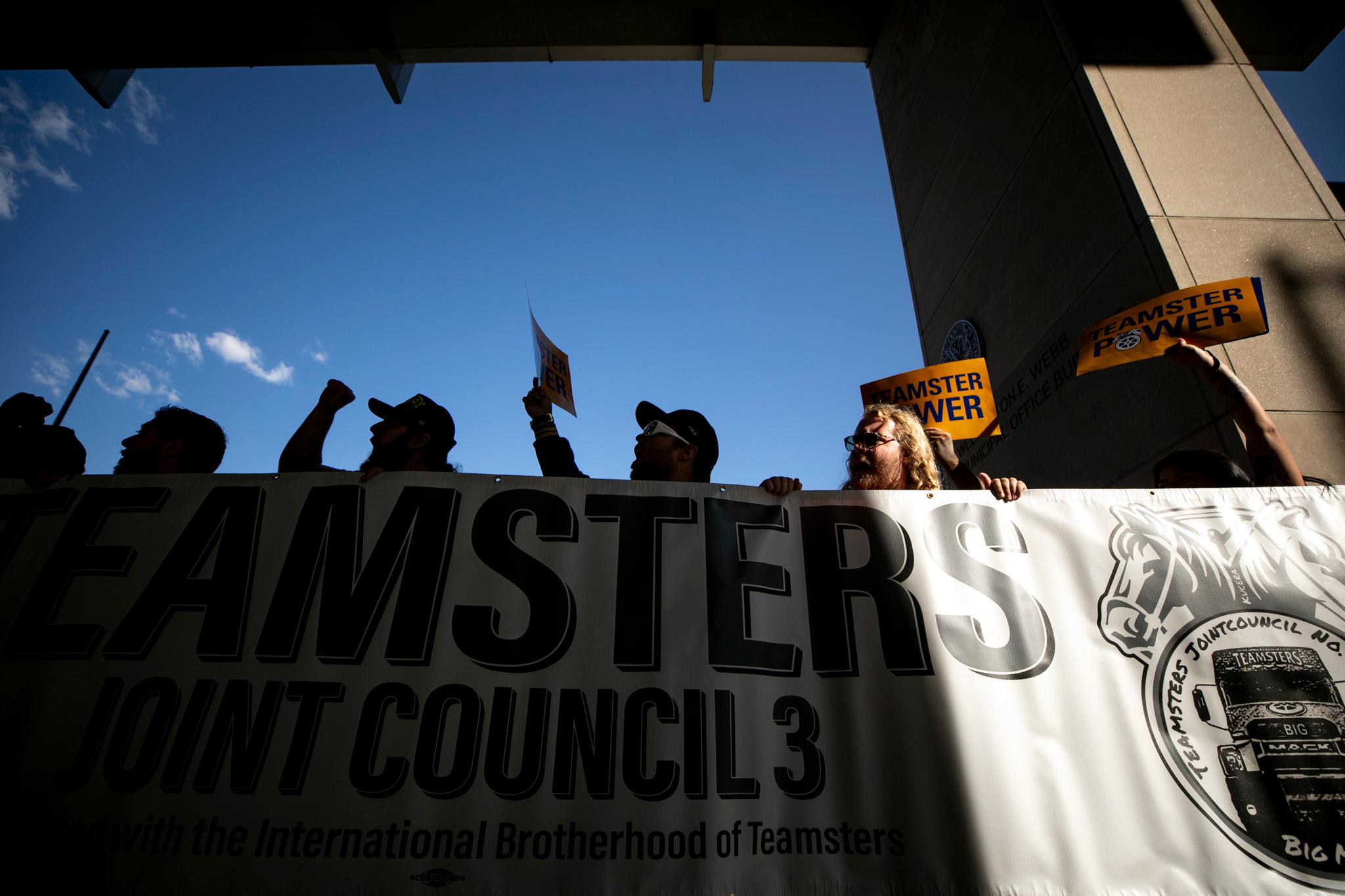
Elementary school boundaries in two different parts of Denver would change under a proposal that’s set to be among the first voted on later this month by a new school board.
It calls for students living in the Green Valley Ranch and Gateway neighborhoods in far northeast Denver to be part of two new enrollment zones, and students living in Five Points, Cole, Whittier and City Park West in north-central Denver to be part of another new zone.
Enrollment zones are essentially big school boundaries with several schools inside them. Students are guaranteed a spot at one of the schools but not necessarily the school closest to where they live, or their first choice. That has led to complaints from some families in zones with lots of students but not many excess seats, such as the zone in the booming Stapleton neighborhood.
Denver Public Schools officials said they’ve taken into account lessons learned from the district’s 11 other zones in designing the new ones they’re proposing. Students in the new zones would have “enhanced priority” to get into the schools nearest to them.
“We’re trying to take the best of previous zones and some of the benefits of boundaries” and blend them together with this proposal, Brian Eschbacher, the district’s executive director of planning and enrollment services, told the school board at a work session Thursday.
The reasons for creating these new zones, officials said, have to do with enrollment.
The far northeast is one of the few regions of the city with vacant land ripe for developers to build more single-family houses, which are desirable commodities in Denver’s hot real estate market. One developer, CP Bedrock, is planning to build near Pena Boulevard nearly 1,800 housing units, which the district predicts will yield hundreds of new students.
About 1,100 of those units are in the boundary of just one elementary school, Lena Archuleta Elementary, which is already full with more than 500 students, Eschbacher said.
The district’s proposal is to create two enrollment zones on either side of Tower Road. Each would have three schools in it. The zone to the west of Tower Road would encompass Archuleta, SOAR at Green Valley Ranch and KIPP Northeast. The zone to the east would encompass Omar D. Blair, Highline Academy Northeast and Florida Pitt Waller.
District planners considered redrawing the current boundaries to accommodate the new CP Bedrock development and the thousands of other new housing units planned for the area, Eschbacher said. But that wouldn’t align with the district’s philosophy that pressing families to research their options and choose the school that best fits their child will make that child more successful, nor would it leave wiggle room for any future housing development, he said.
In north-central Denver, the enrollment pressures are the exact opposite. The gentrifying neighborhoods have lost so many students that there are about 800 more elementary school seats than elementary school students living there, Eschbacher said.
The school board voted last year to shutter one low-performing school in the area, Gilpin Montessori, and not replace it due to declining enrollment. The district created a temporary enrollment zone to give Gilpin students priority this year at several nearby schools.
The proposal would create a permanent zone encompassing four schools: Whittier, Wyatt Academy, University Prep Arapahoe Street and Cole Arts and Science Academy.
Two other schools that are physically located within the zone boundary would not be part of the zone, Eschbacher said. One school, Polaris Elementary, is the district’s magnet school for highly gifted students. The other, the Downtown Denver Expeditionary School, is located on a busy thoroughfare in the same building that houses the district’s headquarters.
Because of construction in the area, it would be impossible for yellow school buses to service the school, Deputy Superintendent Susana Cordova explained. The school is currently an all-choice charter without yellow bus service. If it were to be included in a zone, the district would have to provide transportation to zone students choosing to attend.
If the zone is created, district officials said they would re-evaluate including the Downtown Denver Expeditionary School once construction in the area is completed.
The district has in the past successfully used enrollment zones as a way to compel families to participate in school choice, and as a way to integrate schools, which has had mixed results. At Thursday’s meeting, Cordova said zones also allow for a more even distribution of students who enroll mid-year. Highly mobile students often end up at boundary schools and not at all-choice charters, she said. In a zone, all schools must reserve seats for mid-year arrivals.
“We believe in equity,” she said. “Research shows late-arrival kids … need more supports.”
All three proposed zones would feature a mix of district-run and charter schools. Because officials predict the zones will have more seats than students, Cordova said no family should feel forced to attend a type of school they don’t like. Because of that excess capacity, officials said it’s likely all zone students would get into their first-choice schools.
The seven-member school board, which includes three newly elected members, is scheduled to vote Dec. 21 on whether to create the zones. The school choice process starts in February.
Chalkbeat is a nonprofit news site covering educational change in public schools.











